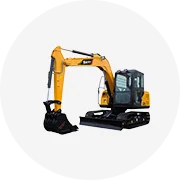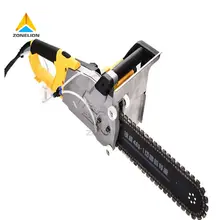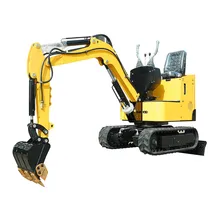Các danh mục hàng đầu

Máy kỹ thuật & xây dựng

Trang thiết bị năng lượng & khai khoáng

Máy xử lý vật liệu xây dựng

Máy móc đã qua sử dụng
About products and suppliers
Alibaba.com cung cấp các sản phẩm 25832 máy cắt tấm cao su. Có rất nhiều máy cắt tấm cao su lựa chọn dành cho bạn, chẳng hạn như nhà máy sản xuất, vật liệu xây dựng cửa hàng, và công ty quảng cáo. Bạn cũng có thể chọn từ nga, canada, và indonesia máy cắt tấm cao su. Cũng như từ động cơ, plc, và mang máy cắt tấm cao su.Và bất kể máy cắt tấm cao su là cung cấp, không có sẵn.
























 浙公网安备 33010002000092号
浙公网安备 33010002000092号 浙B2-20120091-4
浙B2-20120091-4